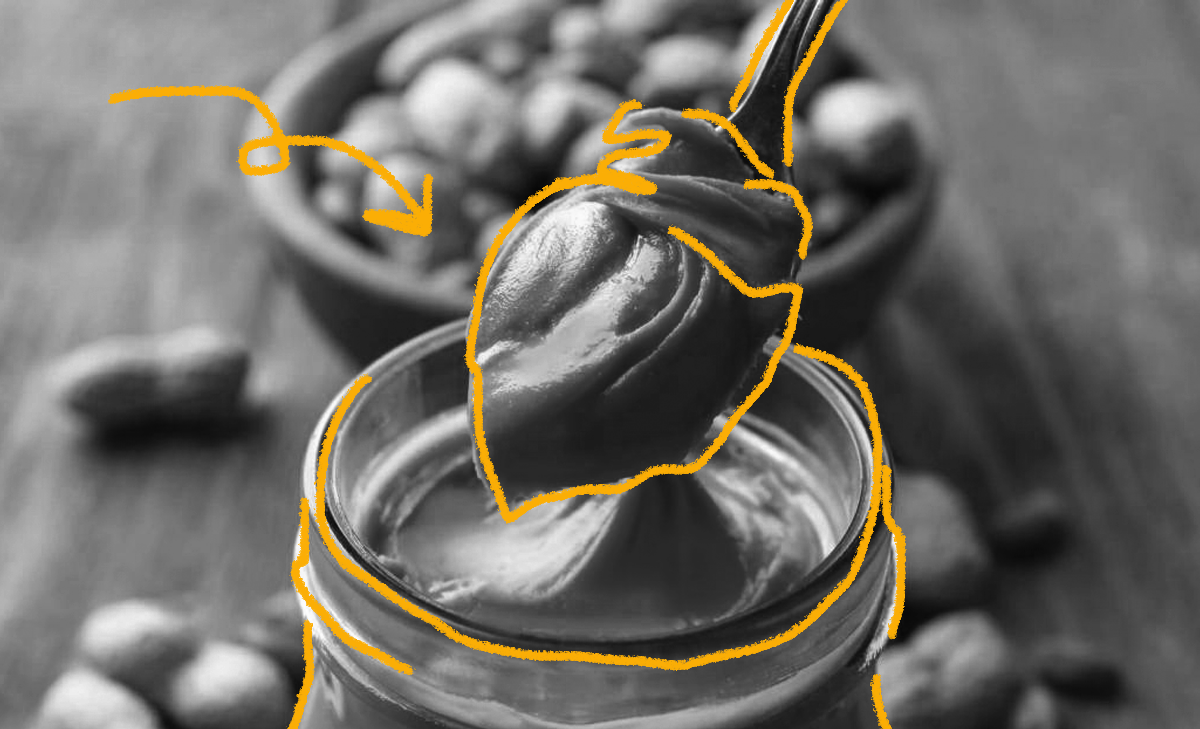It’s one of America’s most popular foods, but do you know the history of peanut butter? The Inca were the first to grind peanuts, but peanut butter entered the modern world thanks to nutritionist and cereal magnate John Harvey Kellogg, who filed a patent for it in 1895. His version of peanut butter involved boiling nuts and grinding them into a paste for patients at the Battle Creek Sanitarium, a spa he ran people with many types of ailments. He tried a few different nuts before settling on peanuts in his recipe. Kellogg then promoted his peanut butter as a healthy alternative to meat and these efforts – combined with his elite clientele, such as Amelia Earhart, Sojourner Truth and Henry Ford – helped establish peanut butter as a desirable food in America. In 1896, Good Housekeeping encouraged women to make their own and pair it with bread. It gained even further popularity as a meat substitute during the lean days of World War I. The invention of partial hydrogenation and the introduction of sliced bread further cemented peanut butter as an American staple. But long before Skippy was shipped out to World War II soldiers, peanuts were associated with conservation and emancipation. George Washington Carver taught black farmers how to discreetly plant peanuts and other crops in soil that had been ravaged by the cotton trade, thereby helping to heal the soil and allowing black farmers to feed their families. Today, peanut butter is considered an American delicacy, and is named as one of the foods expats miss the most.

Your go-to guide for weird history facts
Subscribe to the FREE daily email that makes learning about history fun.


